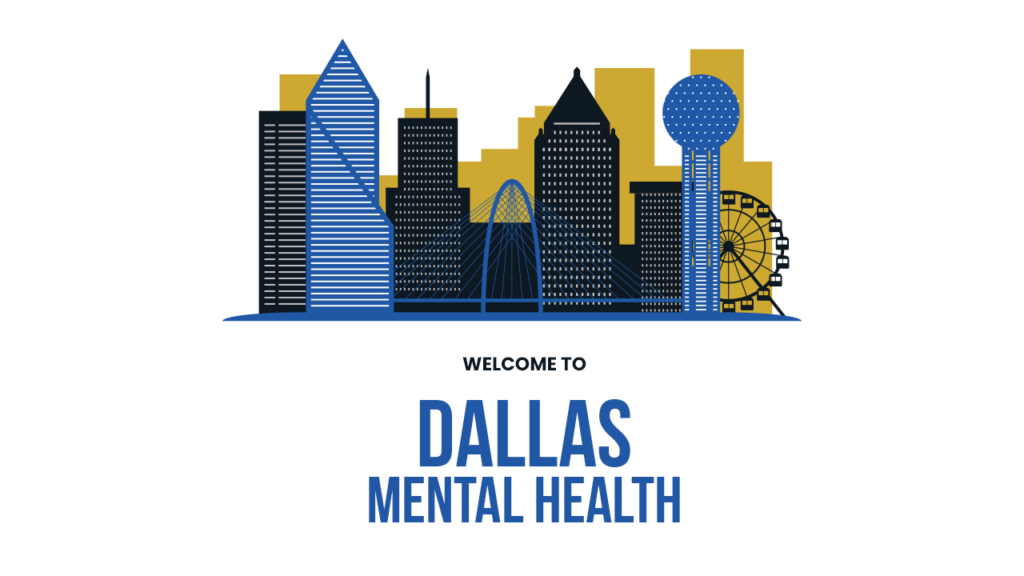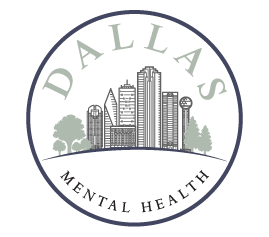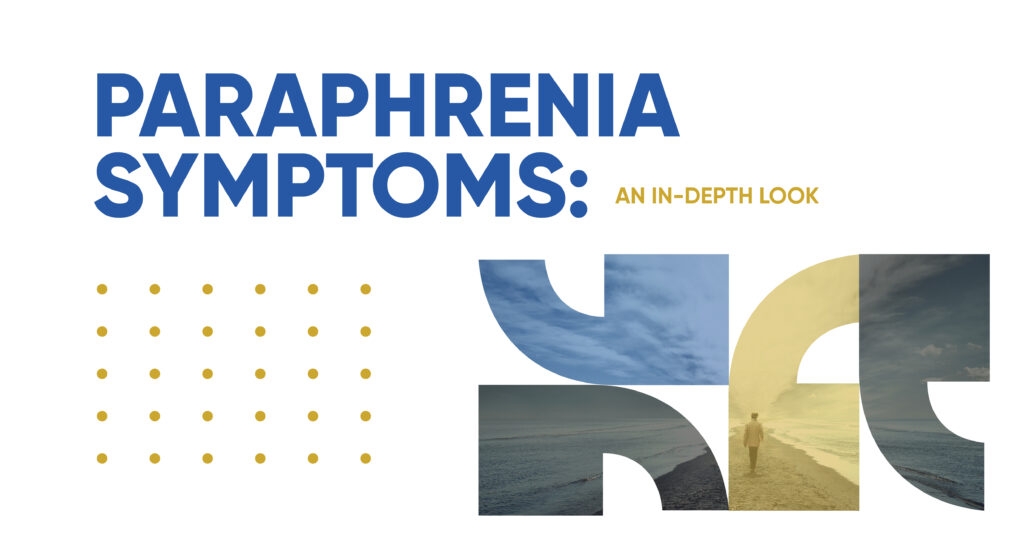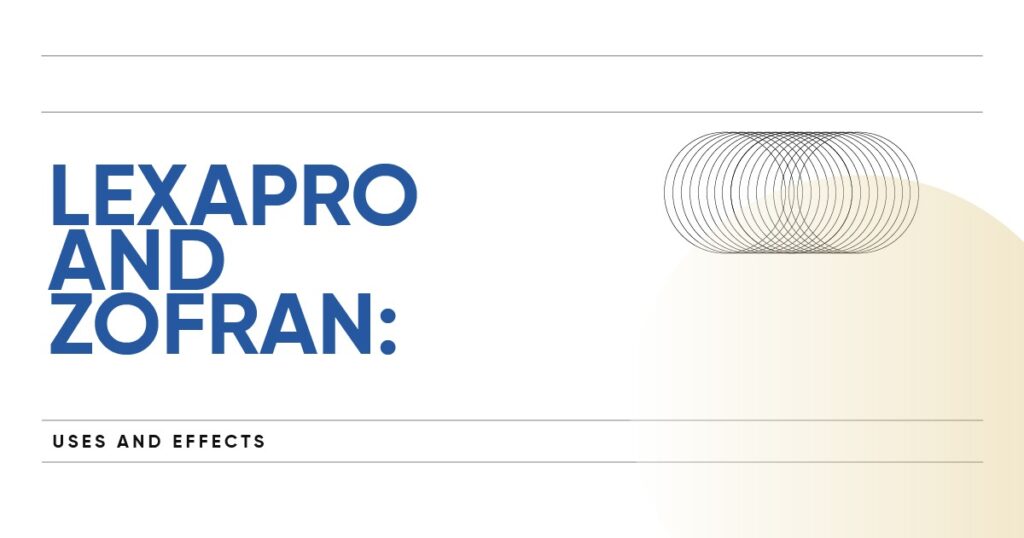Paraphrenia is a rare, late-onset psychotic disorder often mistaken for schizophrenia or dementia. It typically affects older adults and is marked by persistent delusions, hallucinations, paranoia, and emotional instability, while early cognitive function often remains intact.
Unlike other disorders, paraphrenia symptoms may include intense mood swings, social withdrawal, and disorganized thinking. Early recognition is crucial, especially as it’s frequently underdiagnosed in aging populations.
According to the National Library of Medicine, paraphrenia presents with schizophrenia-like features but usually without significant cognitive decline (source).
This guide explores the key symptoms, emotional patterns, and behavioral signs to watch for, so families and providers can better support those affected.
Understanding Paraphrenia and Its Impact
Paraphrenia is a psychotic disorder that predominantly affects older adults, typically developing after the age of 60. It is characterized by symptoms such as delusions, paranoia, and hallucinations, but unlike schizophrenia, cognitive function is often largely preserved, especially in the early stages. Despite this, the disorder can have a profound impact on emotional well-being, social relationships, and overall quality of life.
Because of its late onset and symptom overlap with other conditions like dementia or depression, paraphrenia is frequently underdiagnosed or misdiagnosed. Understanding how it affects individuals on a psychological and social level is key to providing appropriate support and care.
The table below summarizes the core areas of impact:
| Area of Functioning | Impact of Paraphrenia |
| Cognitive Function | Often preserved initially; may decline over time |
| Emotional Regulation | Marked by emotional instability, mood swings, and heightened anxiety |
| Social Engagement | Social withdrawal due to mistrust, fear, or disorganized thinking |
| Reality Perception | Distorted by delusions, hallucinations, and persistent paranoia |
| Daily Functioning | May be impaired by confusion, disorganization, or lack of insight |
Dallas Mental Health
Paraphrenia Symptoms: An In-Depth Look
Recognizing the symptoms of paraphrenia is essential for early detection and treatment. These symptoms can vary in intensity and presentation but generally fall within emotional, perceptual, and behavioral domains. Below are the most commonly observed paraphrenia symptoms:
- Delusions (often paranoid or persecutory)
- Auditory or visual hallucinations
- Paranoia and intense mistrust of others
- Disorganized thinking or speech
- Mood swings and emotional outbursts
- Cognitive impairment, especially in late stages
- Emotional instability
- Social withdrawal or avoidance of previously enjoyed activities
Delusions in Paraphrenia
Delusions are a core feature of paraphrenia symptoms and are often the first noticeable sign of the disorder. These are fixed false beliefs that persist despite evidence to the contrary. In paraphrenia, delusions are typically paranoid in nature—such as beliefs of being spied on, poisoned, or plotted against.
What sets paraphrenic delusions apart is their elaborate and detailed structure, often developing slowly over time. Unlike in schizophrenia, individuals with paraphrenia may otherwise appear cognitively intact, making the delusions more convincing to others and harder to identify in early stages.
Hallucinations: A Distorted Perception of Reality
Hallucinations in paraphrenia often accompany delusions and are usually auditory, though visual hallucinations may also occur. These distortions further disconnect the individual from reality, reinforcing their false beliefs.
- Hearing voices that comment, threaten, or converse
- Seeing things that aren’t present (e.g., shadows or figures)
- Smelling or feeling sensations with no external cause
- Hallucinations often reinforce paranoid or delusional thinking
- May cause emotional distress or fear-based behavior

Cognitive Impairment in Paraphrenia
While cognitive decline in paraphrenia is generally less pronounced than in other psychotic disorders, mild cognitive impairment can still occur—especially as the illness progresses. These impairments affect judgment, memory, and problem-solving abilities.
- Difficulty concentrating or following conversations
- Short-term memory lapses
- Reduced ability to process new information
- Trouble organizing thoughts or planning
- Risk of misinterpreting real-life events as threatening
Paranoia and Suspicion in Paraphrenia
Paranoia is one of the hallmark paraphrenia symptoms, often creating a pervasive sense of distrust. This can significantly strain relationships and lead to social withdrawal and isolation.
- Beliefs that others are spying, plotting, or trying to harm them
- Suspicion toward family, friends, or caregivers
- Avoiding public places or communication due to imagined threats
- Fear of technology, cameras, or government interference
- Refusal to accept assistance due to distrust
Disorganized Thinking and Speech
Although not always as pronounced as in schizophrenia, disorganized thinking may surface in paraphrenia and can affect both speech and behavior. This can make conversations confusing or difficult to follow.
- Jumping between unrelated topics (loose associations)
- Speaking in fragmented or incomplete sentences
- Difficulty expressing clear or logical thoughts
- Repeating phrases or ideas frequently
- Using unusual words or creating new ones (neologisms)
Mood Swings and Emotional Instability
Alongside cognitive and perceptual symptoms, individuals with paraphrenia may experience emotional instability and unpredictable mood changes. These mood shifts can appear unrelated to external circumstances and may contribute to social disconnection.
- Sudden episodes of irritability or anger
- Rapid emotional shifts from sadness to euphoria
- Emotional overreactions to minor events
- Difficulty regulating feelings of fear or sadness
- Low frustration tolerance or agitation
Dallas Mental Health
Social Withdrawal and Isolation
One of the most significant behavioral shifts in individuals experiencing paraphrenia symptoms is a gradual retreat from social life. As delusions, paranoia, and emotional instability deepen, individuals may become increasingly distrustful of others, even those closest to them. Social interactions may feel threatening, confusing, or emotionally overwhelming, leading to avoidance.
This withdrawal not only affects personal relationships but can also hinder early diagnosis, as the individual may resist help or avoid settings where their behavior would be noticed. Over time, isolation can exacerbate cognitive impairment, increase the risk of depression, and severely impact quality of life.

The table below outlines common causes of social withdrawal in paraphrenia and the associated consequences:
| Cause of Withdrawal | Potential Consequence |
| Paranoia or suspicion of others | Avoidance of friends, family, and caregivers |
| Hallucinations or delusional beliefs | Fear of public spaces, belief that others pose a threat |
| Emotional instability or mood swings | Difficulty maintaining social harmony or responding appropriately |
| Cognitive confusion | Insecurity about engaging in conversations or group settings |
| Stigma or fear of being misunderstood | Self-imposed isolation to avoid judgment |
| Lack of insight into illness | Resistance to social support or therapeutic intervention |
When to Seek Help: Support from Dallas Mental Health
Recognizing the signs of paraphrenia—whether in yourself or a loved one—can be overwhelming. But you don’t have to face it alone. Early intervention can significantly improve outcomes by managing delusions, hallucinations, and related symptoms before they severely disrupt daily life. At Dallas Mental Health, we specialize in compassionate, evidence-based care for individuals facing complex psychiatric conditions, including late-onset psychosis.
If you’re noticing persistent paranoia, disorganized thinking, emotional instability, or increasing social withdrawal, our team is here to help. Contact Dallas Mental Health to speak with a professional and explore personalized treatment options designed for long-term stability and well-being.
FAQs
What are the common symptoms associated with paraphrenia?
Typical paranoid schizophrenia symptoms include persistent delusions, hallucinations, paranoia, disorganized thinking, mood swings, and social withdrawal. These symptoms are usually present in older adults and can be mistaken for other conditions like dementia.
How does paranoia impact cognitive functions and daily life?
While early cognitive abilities may remain intact, mild cognitive impairment can emerge over time, affecting memory, concentration, and decision-making. These challenges can interfere with daily routines, self-care, and interpersonal relationships.
What role do mood swings play in the overall symptomatology of paraphrenia?
Mood swings often accompany delusional thinking, contributing to emotional volatility and difficulty regulating feelings. This emotional instability can heighten fear responses and deepen mistrust of others.
In what ways does social withdrawal present itself in individuals with paraphrenia?
Social withdrawal typically results from paranoia, hallucinations, or a fear of judgment. Individuals may avoid contact with family, friends, and the community, leading to increased isolation and emotional distress.
Dallas Mental Health
How is emotional instability linked to other symptoms of paraphrenia?
Emotional instability often intensifies disorganized thinking and exacerbates responses to hallucinations or delusions. It can create challenges in maintaining relationships and make treatment engagement more difficult without proper support.








